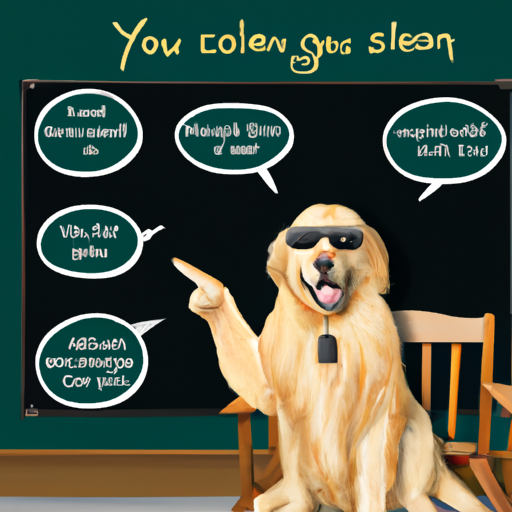Understanding Your Dog’s Language
You are your dog’s caregiver, their companion, and their confidant. It’s no wonder you’re interested in digging deeper into how they communicate with you. Dogs have a unique language, and understanding it is akin to cracking a fascinating code.
Dogs communicate with their humans using a blend of physical cues, vocalizations, and even their behavior with objects. It’s not just about wagging tails or barking; it’s a more complex and nuanced dialect.
Interpreting Physical Cues
There’s a whole lot your dog is trying to tell you with their body language. From the position of their ears to the movement of their tail, each gesture carries a message.
- Ears: If your dog’s ears are perked up, they’re alert and attentive. If they’re flattened, they might be fearful or submissive.
- Tail: A wagging tail usually signifies happiness, but the speed and direction of the wag can indicate different emotions. A slow wag with a low tail usually means they’re insecure, while a fast wag with a stiff tail can mean they’re agitated.
- Eyes: When a dog looks at you with soft, relaxed eyes, it’s a sign of affection. But beware of hard stares or wide eyes; these can be signs of aggression or fear.
Vocalizations and Their Meanings
Your dog also uses a variety of sounds to communicate. No, they can’t speak in the human sense, but their vocalizations – from growls to whimpers – can convey a whole range of emotions and messages.
- Barking: Dogs bark for many reasons – to alert you, to seek attention, or because they’re bored or anxious.
- Growling: A growl can be a warning or a sign of fear, but it can also be playful during a game of tug-of-war.
- Whining or whimpering: These sounds often indicate distress, discomfort, or desire for something, like your attention or food.
Behavioral Communication
It’s not just about what your dog does; it’s also about how they do it. A playful bow can invite you to a game, while bringing you their favorite toy can be a sign of affection or a plea for playtime.
| Behavior | Possible Meaning |
|---|---|
| Bowing | Invitation to play |
| Licking face | Submission or affection |
| Pawing | Seeking attention |
| Bringing toys | Desire to play |
Decoding Dog-Human Interaction
The relationship between dogs and their human caregivers is a reciprocal one. Dogs are sensitive to human emotions and often react accordingly. If you’re sad, they might snuggle up to comfort you. If you’re anxious, they might become restless too. Understanding their language helps you communicate more effectively, enhancing this beautiful bond.
FAQ
Q: Can all dogs understand human language?
A: While dogs can’t understand human language in the way we do, they can learn to associate certain words or phrases with actions or objects.
Q: Why does my dog stare at me?
A: Dogs stare at their humans for a variety of reasons. It can be a sign of affection, a request for attention, or they’re waiting for cues from you.
Q: Can dogs sense human emotions?
A: Yes, dogs are known to be highly attuned to human emotions. They can often sense when you’re upset or stressed and may act differently as a result.



